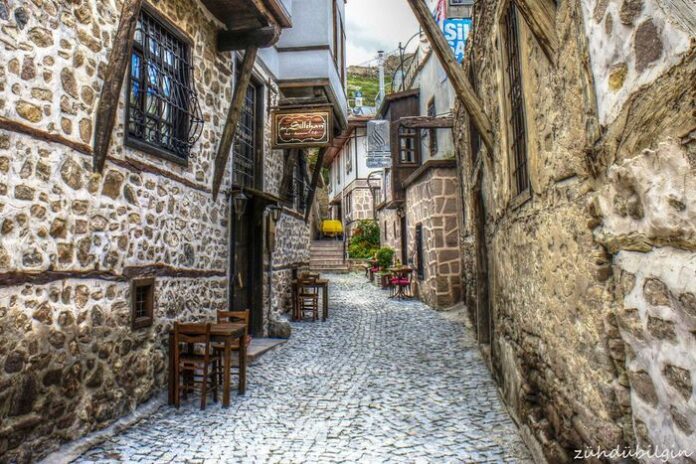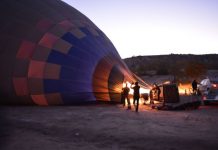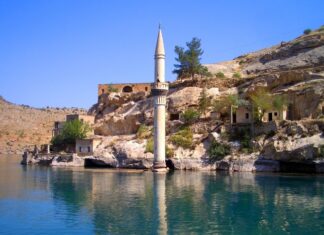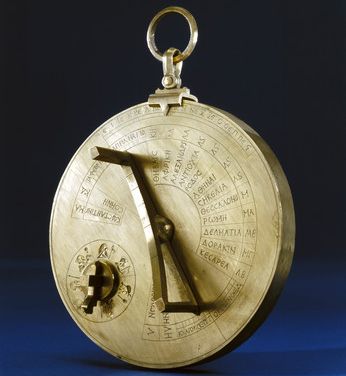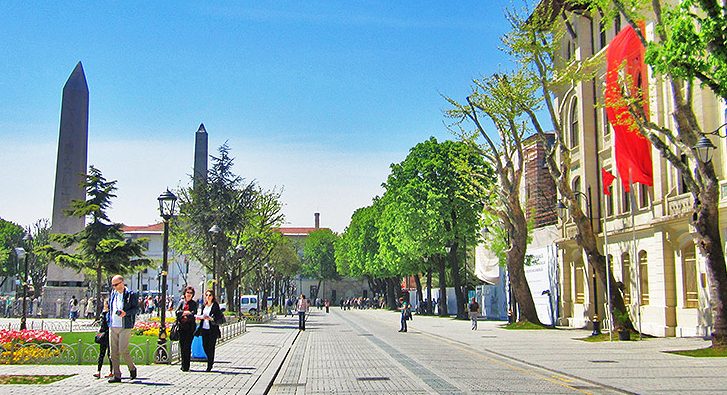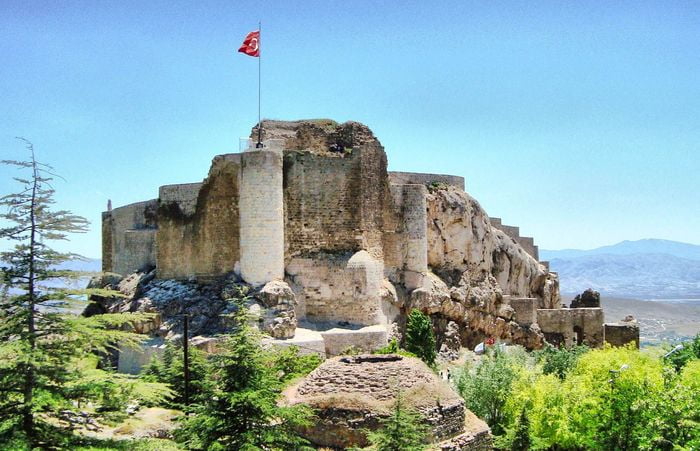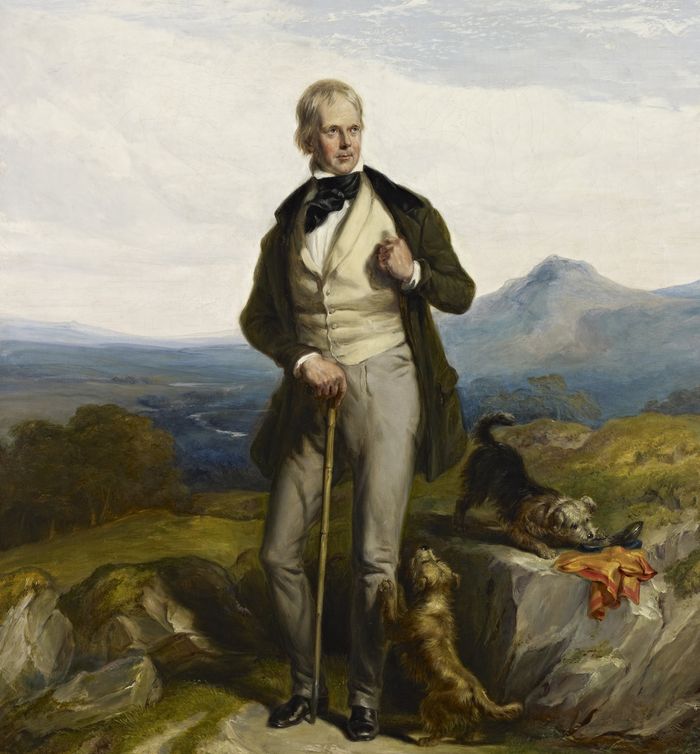Since the time of King Michael, Serbia has developed an excellent public education system. A law was passed making school attendance compulsory for all children between the ages of seven and fourteen. When this law was introduced in 1865, only about four percent of the population could read and write. Since then, there has been a huge improvement in literacy and education across the country.
Serbia now has many educational institutions, including several academies, a school of commerce, an agricultural college, and a special school for wine cultivation. The University of Belgrade is the country’s main university and has 436 students, including 28 women. In addition to regular students, there are also 27 hospites—poor students who cannot afford to pay the entrance fees but are allowed to attend lectures. These students receive the full benefit of university education, except for earning a degree Belgrade a City Between Two Rivers.
The University and Its Resources
The university is located in a beautiful building across from the city’s main square. It has a well-chosen library with 40,000 books. The national government pays for all the university’s expenses. In the year 1900, the cost was $109,000. The university has four main departments: law, medicine, science, and philosophy.
Some of the school buildings in Serbia are impressive examples of modern architecture and design. They show how serious the country is about improving education and making learning easier for young people.
Cultural Institutions and the Arts
The government also supports culture and the arts. It runs a natural history museum, a national theater to promote plays and operas in the Serbian language, and a small art gallery. The gallery has a collection of portraits of famous Serbian figures and some paintings by old European masters. These paintings were donated over the years Ephesus Tours.
There are also several artworks by local Serbian artists. One painting, showing the coronation of an early Serbian king, won a gold medal at the Paris Salon in 1900. The government bought this painting to encourage other artists to continue creating. Most Serbian artworks are historical and often show scenes of battles, violence, and tragedy—reflecting the country’s dramatic and difficult history.
Parks, Music, and Monuments
Belgrade also offers public parks and playgrounds for children, including swings, slides, and merry-go-rounds. There is a musical garden where a military band plays several times a week, creating a lively atmosphere. A botanical garden is also being developed and is expected to grow into a valuable educational and recreational space.
In the parks and main squares, there are many statues and monuments honoring Serbia’s military heroes, poets, and writers—showing how much the country values both bravery and creativity.
